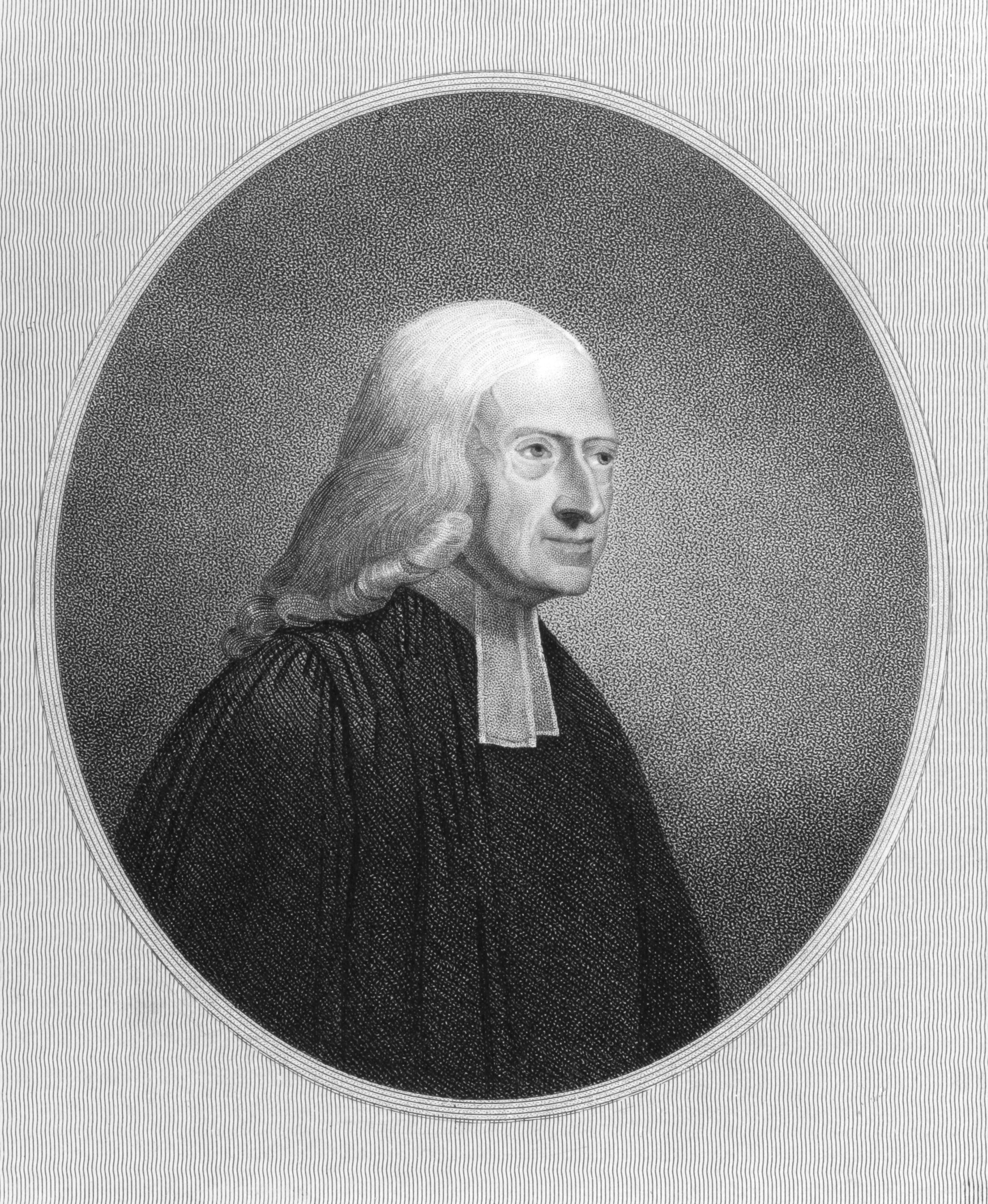Methodists belong to those Protestant denominations that trace their beginnings back to John Wesley, a clergyman of the Church of England. A number of churches throughout the world share the name Methodist and a common heritage in Wesley’s teaching and organization. The largest is The United Methodist Church, which is predominantly North American. There is no central organization of Methodists, but many denominations are part of the World Methodist Council, a cooperative association. Methodists have followed John Wesley in adopting the teachings and practices of the Church of England. They accept the Bible as the primary rule of faith, with Christian tradition and reason as secondary authorities. They also stress religious experience as an important standard of faith.
Early history.
Methodism originated as a movement with groups of students at Oxford University in the late 1720’s. They helped each other to be disciplined and methodical in their study, spiritual devotions, and practical good works. These activities earned them the nickname “Methodists.” One of the founders was Charles Wesley, and their leader was his brother John. Both brothers, after deep personal experiences of faith in 1738, joined the Evangelical Revival of the 1700’s by venturing into open-air preaching.

There were two distinctive features of the Wesleys’ preaching and, in turn, of the Methodist movement. The first was a message that invited all to respond to God’s gracious reconciliation through Jesus Christ. The second was the incorporation into societies of those who did respond. In the societies, members developed the practical disciplines of a Christian life, primarily through subdivisions of the societies, known as classes. The classes met weekly under the spiritual guidance of a class leader, who asked members to give an account of their discipleship according to the General Rules of the Societies (1743).
As the movement spread, John Wesley emerged as its leader and Charles as its poet. Charles composed more than 7,000 hymns, giving Methodists a further distinctive characteristic–the singing of their faith. The Collection of Hymns (1780) remains a spiritual classic of the world church. John’s major role was to organize the societies into a connected system governed by an annual conference that first met in 1744. Methodism was also noted for John’s use of lay (unordained) preachers.
John Wesley wanted the societies to remain a reforming movement within the Church of England. However, the resistance of Anglican clergy and the need to provide pastoral supervision for society members led to a separation from the church. Wesley acknowledged this separation in 1784, when he ordained Thomas Coke as the first superintendent of the Methodist church in America. He also gave Coke authority to ordain Francis Asbury to serve in the same capacity.
In 1784, at the Christmas Conference in Baltimore, the Methodist Episcopal Church was formed, with Coke and Asbury becoming its first bishops. The new denomination spread rapidly, chiefly through the work of traveling preachers, known as circuit riders, who took Methodism’s message to the expanding American frontier.
Social change and division.
As Methodism became consolidated, the discipline of the early societies gave way to the less demanding social structure of a church. Tensions developed, some of which were due to unresolved issues of church government following John Wesley’s death in 1791. But the deeper reason for the tensions was that Methodism stressed a Christian life style in the world. This emphasis involved its members in the social changes of the 1800’s. In England, the major social conflict was the emerging trade union movement. In the United States, it was slavery.
These issues led to many divisions among the Methodists. In Britain, the first was the formation of the Methodist New Connexion in 1797, which was followed by the Primitive Methodists in 1810. In the United States, the divisions resulted in the establishment of the Methodist Protestant Church (1830), the Wesleyan Methodist Connection (1843), and the Free Methodist Church (1860). Several black Methodist churches were also formed, including the African Methodist Episcopal Church (1787), the African Methodist Episcopal Zion Church (1796), and the Colored (later the Christian) Methodist Episcopal Church (1870). The most important dispute over slavery occurred in 1844, dividing the Methodist Episcopal Church into North and South denominations. Doctrinal differences led to the formation of the Church of the Nazarene (1908).
Major reunions took place in Britain in 1932 and in the United States in 1939. The United Methodist Church was formed in 1968. Methodists became part of the United Church of Canada in 1925, and the Uniting Church in Australia in 1977.
